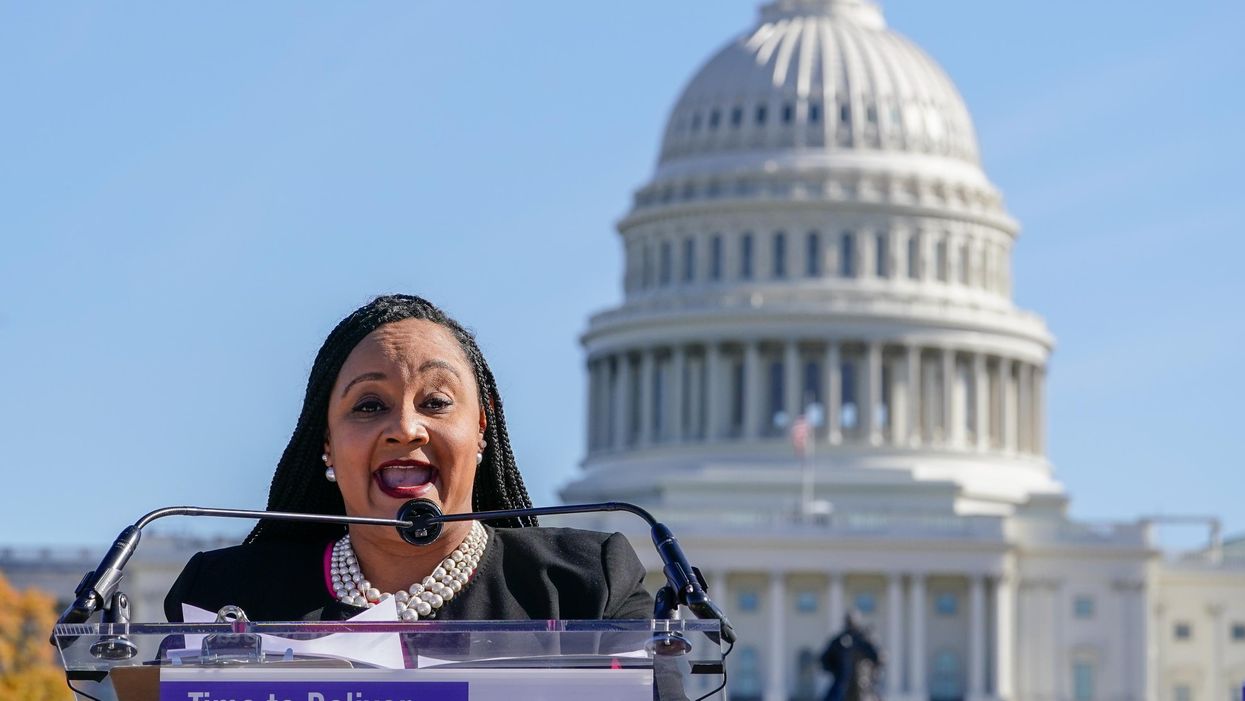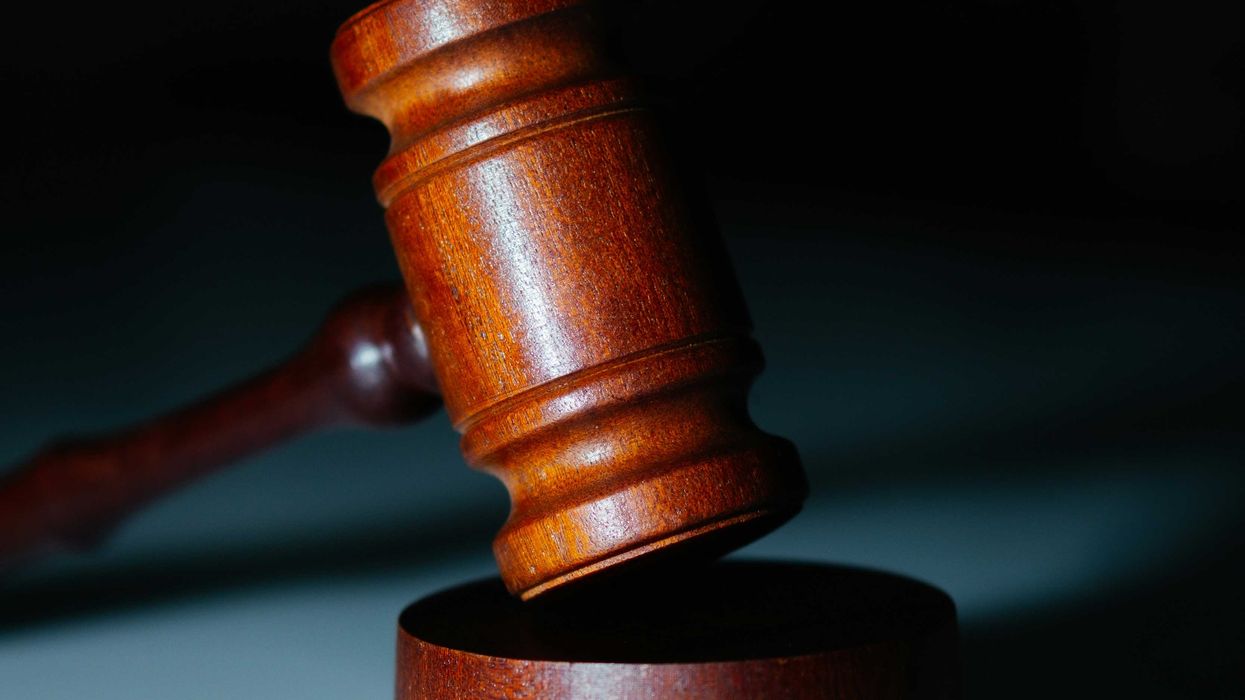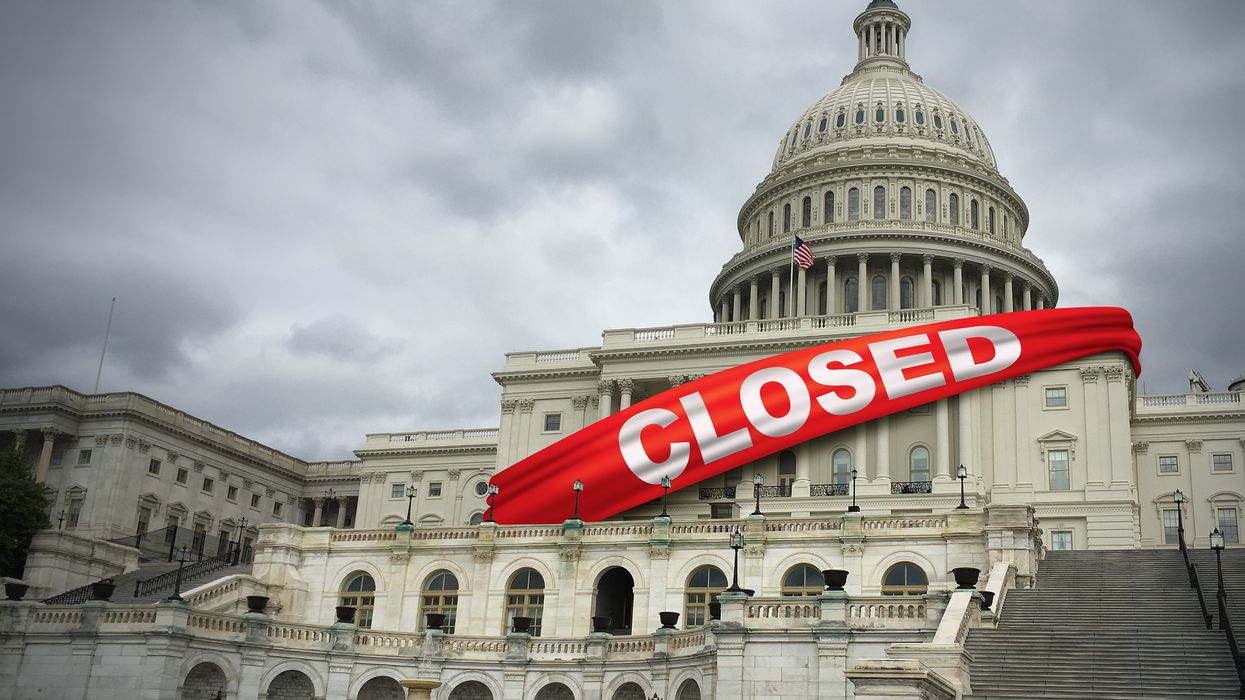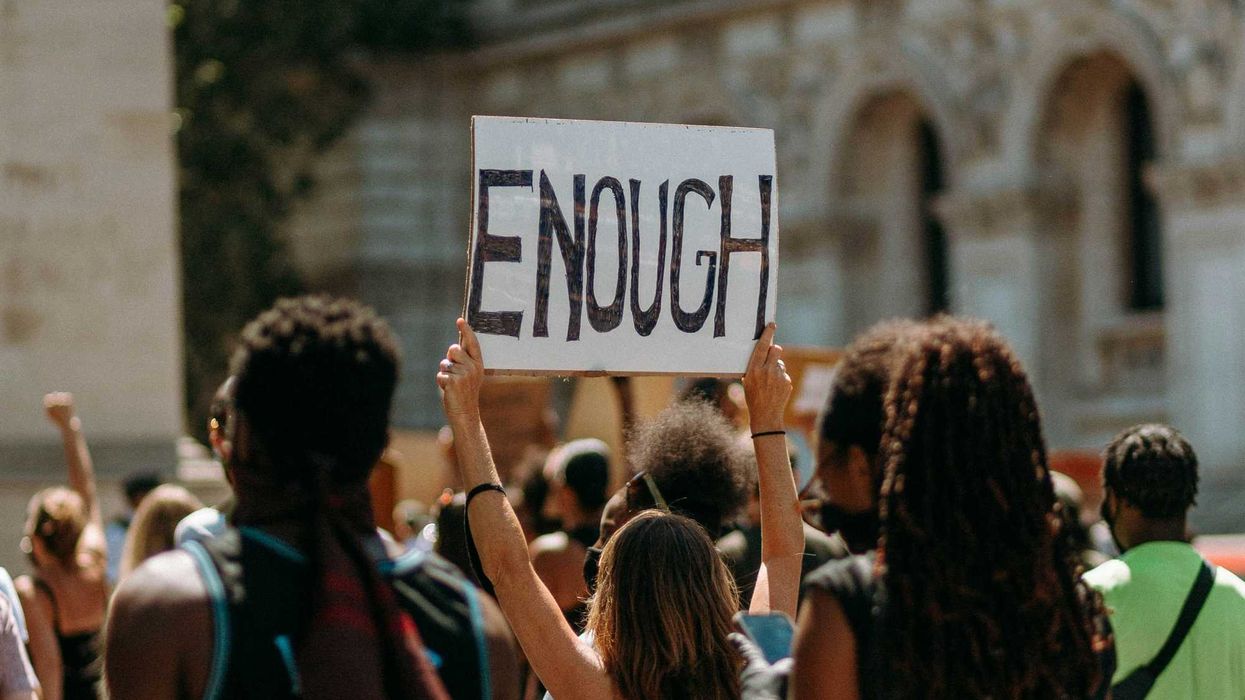Originally published by The 19th.
Rep. Nikema Williams does not like to talk about that day — she’s still dealing with the emotion and fear. What should have marked a celebratory first week in Congress will be remembered for an attack on democracy, and elected officials, as hundreds of supporters of then-President Donald Trump stormed the U.S. Capitol in an attempt to stop certification of the election.
On Jan. 6, 2021, the new Georgia representative hid in her office as the building went on lockdown. Since then, Williams has hired personal security and made safety changes that she won’t discuss in detail in order to protect her family. But even with that — plus a year of public outcry, internal investigations and congressional hearings to examine the security failures during the Capitol attack — Williams still feels unsafe.
“I try to not think about it often, and I’ll be honest with you, I didn’t want to do this interview today,” Williams told The 19th in December. “I am still wary of the security of members at the U.S. Capitol, especially as a Black woman. I know that some of my colleagues, when incidents happen, they can blend in and people won’t actually know who they are or what sides they’re on. But I don’t have that luxury as a Black woman in the United States Congress.”
In recent years, more women in public office have spoken out about the harassment they experience and threats to their safety. For women of color in Congress, like Williams, the sense of danger is heightened by threats and abuse that are both racist and sexist. In many ways, Jan. 6 was the most extreme in a string of escalating threats.
The 19th reached out at least three times to all 24 women senators and 120 women voting members of the House to discuss the one-year anniversary of the Jan. 6 insurrection at the Capitol. Thirty-eight of them, all Democrats, spoke to us, and many expressed continuing fear for their own safety, both at the Capitol and at home. Some women in Congress said their Republican colleagues exacerbate the danger they face. For all of the women, the shadow of that day looms large.
Many said it has led them to be hypervigilant, often adding security and being more aware — and frightened — of people around them.
“I’ve never really thought of my job as a dangerous type of job, but I remember in the days after my parents were asking if I really had to be in that position, couldn’t I find another job?” said Rep. Grace Meng of New York.
Rep. Ann McLane Kuster of New Hampshire recalled being startled on Capitol Hill in mid-December.
“I was on a Zoom call from the car, and suddenly a whole group of people started running next to the car on both sides, surrounding our car, and my heart just went right into my throat,” Kuster said. “Then suddenly I realized it’s a group of people jogging on Capitol Hill. But my nerves are shot from worrying about the risk.”
Rep. Mary Gay Scanlon, who has represented a suburban Philadelphia district since 2019, knew safety considerations would be part of the job when running for public office. But, she said, she “really didn’t think it would be this bad.” She thinks about potential threats every day, while going for a run or meeting with constituents.
“My family home never installed a security system before this, but we have taken a number of security measures that I won’t discuss, including having things available in the office to fight back with. Having to think about those things is pretty awful,” Scanlon said.
The fallout of Jan. 6 is compounded by a rise in threats against public officials around the country. U.S. Capitol Police reported last year that threats against Congress members increased by 119 percent from 2017 to 2020. In 2021, Capitol Police said, threats against lawmakers hit a new high: 9,600 over the year.
Women of color in particular are subjected to more threats than men or White women, and those threats are often racist and sexualized, research shows. Last year, the Wilson Center, a D.C.-based think tank, examined the online conversations about 13 women politicians and found that “over half of the research subjects were targeted with gendered or sexualized disinformation narratives, with women of color subjected to compounded, intersectional narratives also targeting their race or ethnicity.”
Similarly, a 2017 study of abusive tweets targeted at women journalists and politicians in the United States and United Kingdom by Amnesty International found that Black women were 84 percent “more likely than white women to be mentioned in abusive or problematic tweets.”
For many women of color in Congress, this reality has forced them to reexamine how they operate in their positions. The attack on Jan. 6 reinforced what Rep. Cori Bush of Missouri already believed to be true: She was not safe or protected even as a member of Congress. Now, a year into her first term, she still feels vulnerable, she said.
“I don’t feel safe,” she said. “I would feel differently if it felt like we had learned something here and we could see change. If there was more happening as far as what the security looks like for members, especially those who are Black people, or other people of color; if there was active work happening to build a protocol, then I could say maybe, but there’s nothing. There’s nothing.”
Similar feelings were echoed by other women of color in Congress. “I’ve never been more terrified,” said Rep. Veronica Escobar of Texas. “I am more aware of my surroundings. I definitely engage in a different way publicly. Because of COVID and because of threats to my safety, we’ve not yet returned to in-person town hall meetings. That, to me, is absolutely tragic. I love engaging directly with my constituents.”
Escobar noted that some Capitol rioters had ties to white supremacist groups, intensifying the sense of danger she and other women of color experienced Jan. 6. Like Williams, Escobar understood that her skin color could make her more of a target for violence. “My colleague and dear friend Pramila Jayapal and I both have stated it, but when members were asked to remove their pins, one of the things that kind of went through our minds is: ‘I can remove my pin, but I can’t remove the color of my skin.’”
That inability to blend in easily among White colleagues “raised a level of awareness and fear,” said Jayapal, of Washington state.
Multiple lawmakers said that some of their Republican colleagues are making them more vulnerable. “I don’t feel safe in the halls of Congress anymore,” said Rep. Norma Torres, who has represented California’s 35th Congressional District since 2015. “I do not feel safe now, or immediately following that incident because our colleagues continue to call on this violence by the words that they use.”
By embracing conspiracy theories, defending those who attacked the Capitol and demonizing Democrats, particularly women of color, they are creating a toxic environment that endangers other lawmakers, some lawmakers told The 19th. A few pointed to Reps. Marjorie Taylor Greene, Lauren Boebert and Paul Gosar specifically. Greene, Boebert and Gosar did not respond to a request for comment.
Greene and Gosar have both faced consequences from House leadership. Last February, House members voted to remove Greene from her committee assignments over social media posts indicating support for conspiracy theories and violence against Democrats. House Democrats in November voted to censure Gosar over an animated video he posted to Twitter depicting him killing New York Rep. Alexandria Ocasio-Cortez and attacking Biden. So far, Boebert — who at least twice suggested that Rep. Ilhan Omar of Minnesota is a terrorist — has not faced official consequences. Omar has linked Boebert’s comments to threats she has received.
That type of behavior is dangerous, multiple women members of Congress said, and it continues to stoke the hatred that led to the Capitol attack. They said Republican leaders need to do more to stop the behavior that puts their colleagues in danger.
“There are certainly colleagues who continue to threaten the safety of members. You know, Lauren Boebert, Marjorie Taylor Greene and others who then don’t call them out, and aren’t willing to call them out, or aren’t willing to say that what they’ve said or done is wrong,” Jayapal said.
“We’re still going through metal detectors to get onto the House floor to vote. I hope that doesn’t change, because there are some crazy things being said by certain members,” said Rep. Kathleen Rice of New York. “I think as long as that kind of language and those kinds of threats are going to be made, we’re going to be going through metal detectors forever.”
Hostility on Capitol Hill adds to a broader conversation about what should be done to better protect lawmakers and their staff. In December, the inspector general for the United States Capitol Police told a Senate committee that 30 out of 104 recommendations he made to the department had been implemented so far. On Wednesday, the chief of the Capitol Police told a Senate committee that the department has completed or worked to address about 90 of the recommendations.
Multiple women members of Congress said that overall they do not fear for their safety since the attack, but others expressed pointed concern about security preparedness in the aftermath. Capitol Police did not respond to a request for comment.
Virginia Rep. Abigail Spanberger, a former CIA officer, said that the security response could be better, noting the involvement of elected officials with political motivations in that process.
“I don’t think that any elected member of Congress knows the security parameters of how to best fortify a building, provide for backup, any of these sorts of things,” she said.
Rep. Mikie Sherrill of New Jersey, who served in the Navy, said basic security precautions have not been “adequately” communicated to members of Congress, even while praising the Capitol Police officers for their work. “I remain concerned about the lack of communication to members about safety concerns and the lack of a plan,” she said.
Sen. Tammy Duckworth of Illinois is a veteran and uses a wheelchair. She has recently done simulations to map out how she’d evacuate the Senate in the event of another threat. Last year, Duckworth ended up hiding on her own rather than join her colleagues.
The attack has changed her preparations with her family, as well. The day rioters stormed the Capitol, she received a threatening text message that listed her address and family by name, she said, which prompted them to make personal security changes. They are more vigilant and have installed a new security system, she said.
“We have much more of a bunker mentality,” Duckworth said. “My kids are certainly no longer free to ride around in the driveway on their bikes without an adult nearby who can quickly grab them and put them in the house.”



















